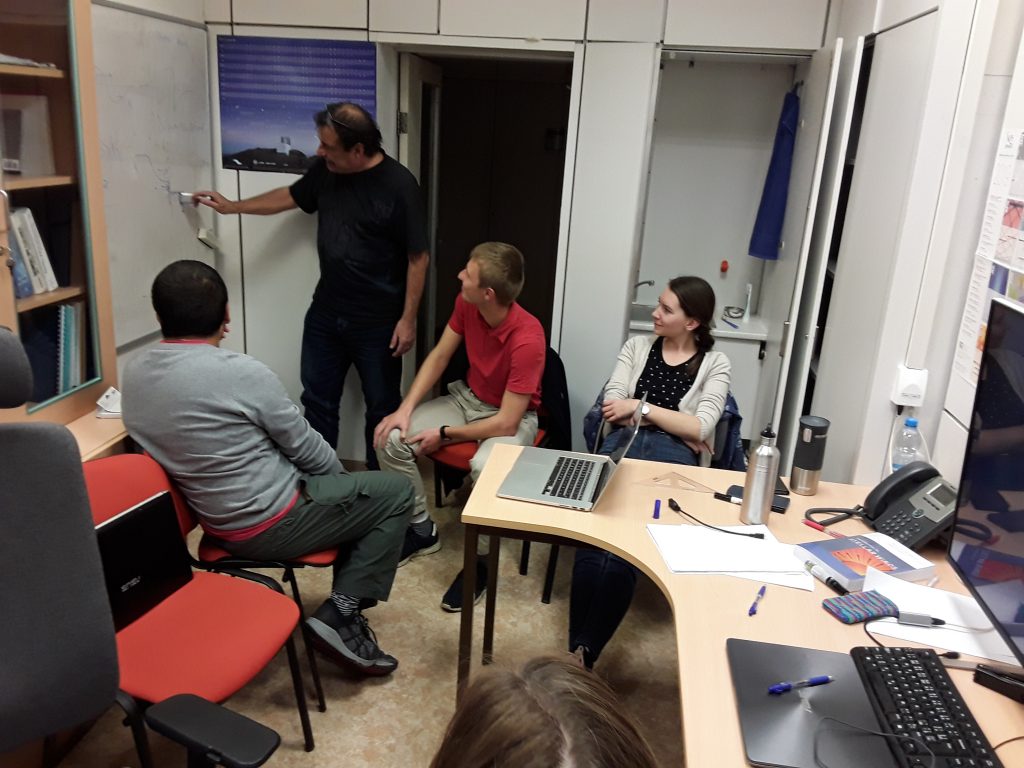
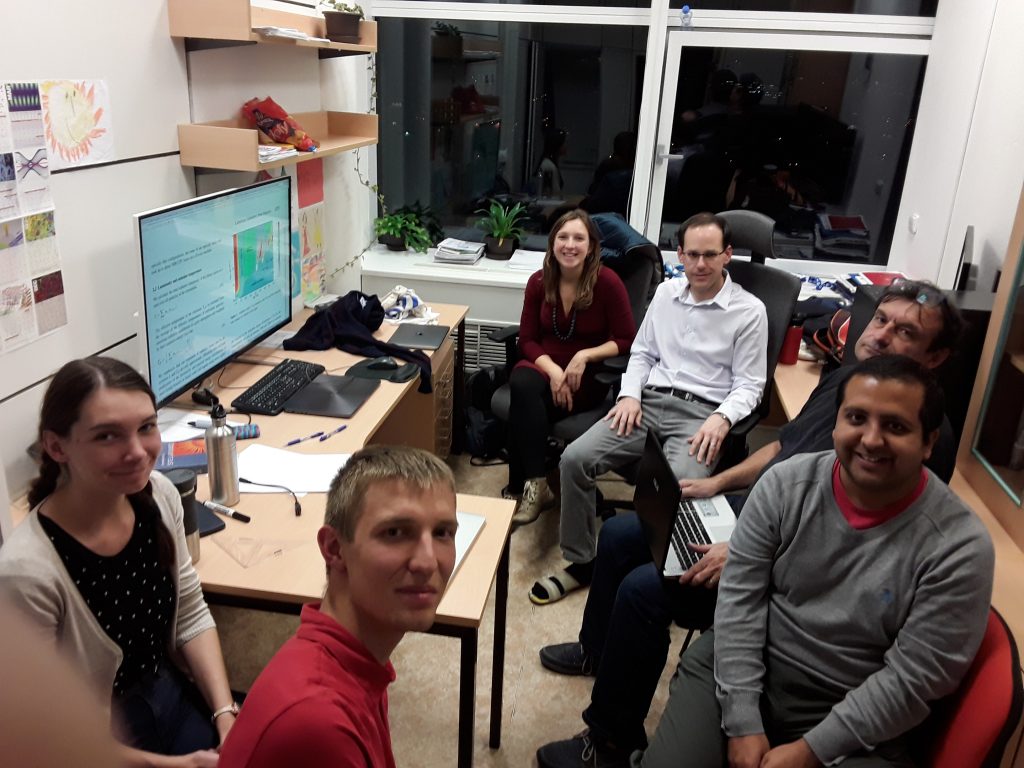
We were visited by Nadia Blagorodnova from Radboud University. We had great conversations about luminous red novae and related astrophysics.
Time-domain astronomy group at Charles University, Prague


We were visited by Nadia Blagorodnova from Radboud University. We had great conversations about luminous red novae and related astrophysics.
Postdoctoral Research Positions in Computational Astrophysics
Applications are invited for a postdoctoral position in the area of computational astrophysics in the research group of Dr. Ondřej Pejcha at the Institute of Theoretical Physics, Charles University, Prague, Czech Republic. The successful candidates will lead development of new computational abilities to understand multi-dimensional evolution of catastrophic interactions of binary stars (mergers, common envelope, compact objects). The work will be performed within the project “Cat-In-hAT” funded by the ERC Starting Grant.
The research group has access to a dedicated computer cluster and is connected to observational efforts in time-domain astronomy as part of the All-Sky Automated Survey for Supernovae.
The position is initially for one year, renewable for up to three years, based on performance.
Applicants must have a PhD in astronomy, computational physics, or a related field by the start date of the appointment. The position includes competitive salary and research budget comparable to international fellowships.
Application instructions: please submit CV, list of publications, statement on past research and future interests to pejcha@utf.mff.cuni.cz before February 29 2020. Please arrange for 3 letters of recommendation to be delivered to the same email address. Applications will be reviewed immediately as they come and the position will remain open until filled.
Included Benefits: Full Charles University employee benefits: health insurance (no or very small co-pays), 25 vacation days, 3 sick days, contributions to state pension fund, subsidized meals, parental leave, discounts for sports & wellness, Czech language classes, etc.
I am looking for Bachelor & Master students. Here is a (non-exhaustive) list of possible topics:
All topics are related to research of current interest supported by grants and should result in one or more scientific papers. The thesis topic is always finalized upon discussions with the student. The methods of work include semi-analytic calculations, (radiation) hydrodynamics, and statistical analysis of data.
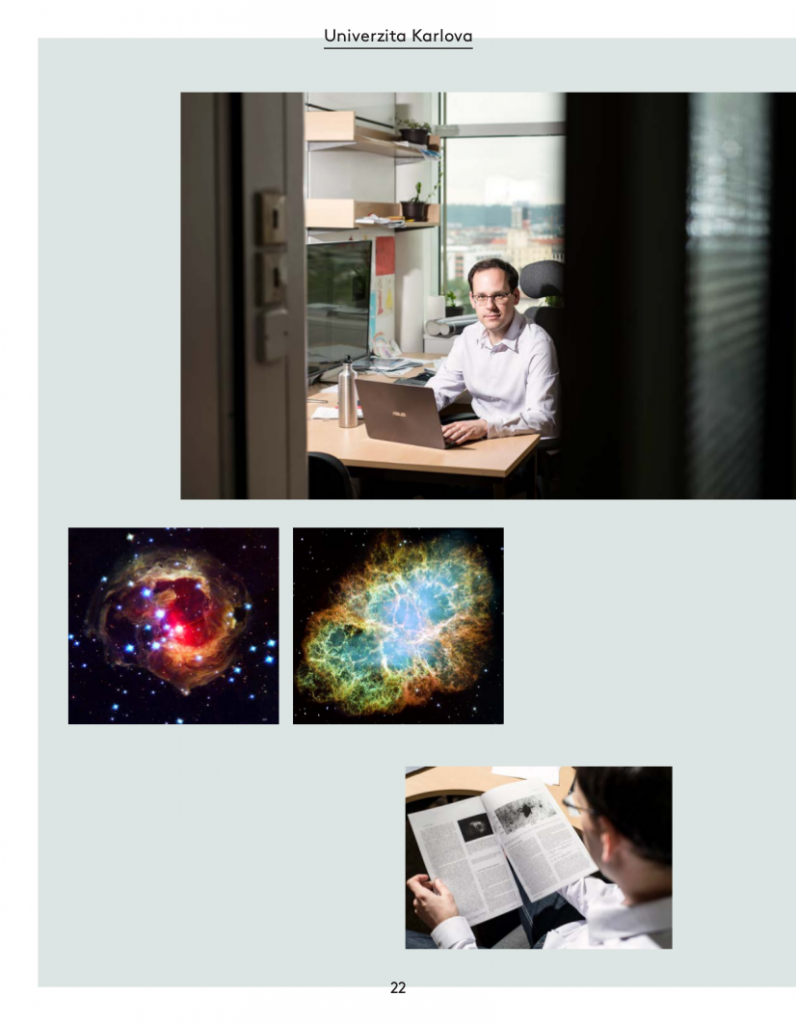
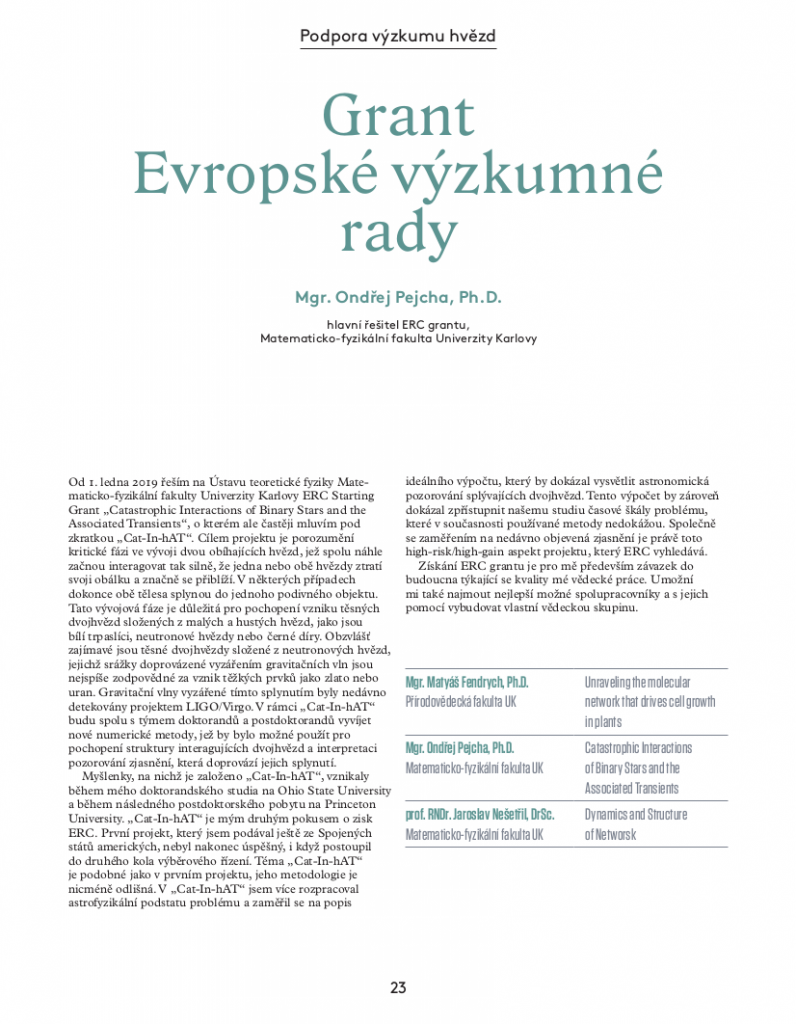
Very happy to be included in my University’s Annual Report as one of the 8 stories in 2018.
Kareem El-Badry from UC Berkeley visited our group. He talked at science coffee about finding black holes in binaries and then gave special seminar on wide binaries in Gaia.
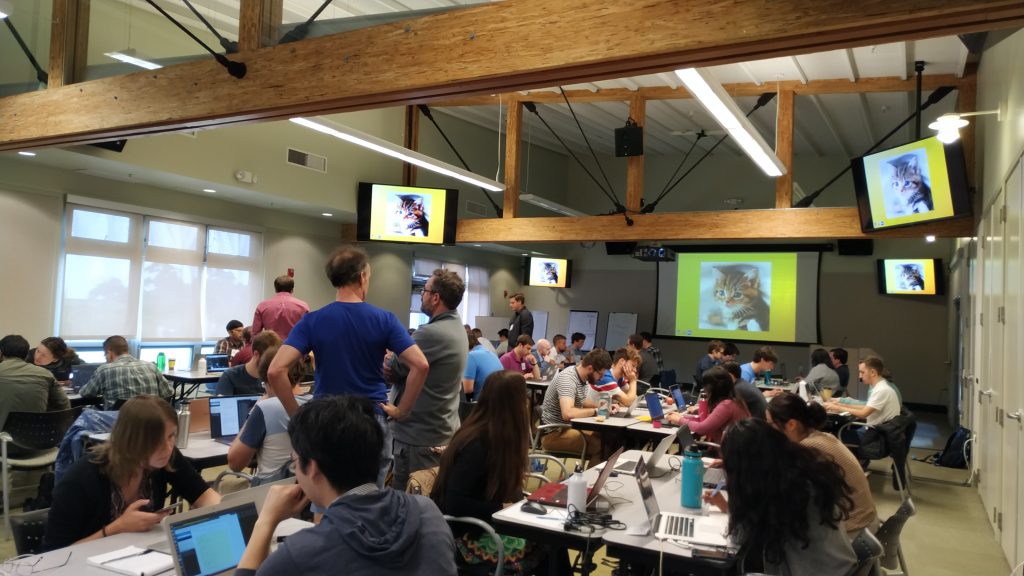
Dominika Hubová learned about theory and simulations of stellar and planetary evolution at the MESA Summer School 2019 at UC Santa Barbara & KITP.
In a paper led by David Jones with Romano Corradi from La Palma we tried to come up with a theory to explain the peculiar shape (including new distant emission regions firstly presented here) and central stars of the planetary nebula. Our preferred models includes Lidov-Kozai cycles and triple star disruption due to ejection of the planetary nebula.
Paper now accepted to MNRAS:https://arxiv.org/abs/1908.04582v1
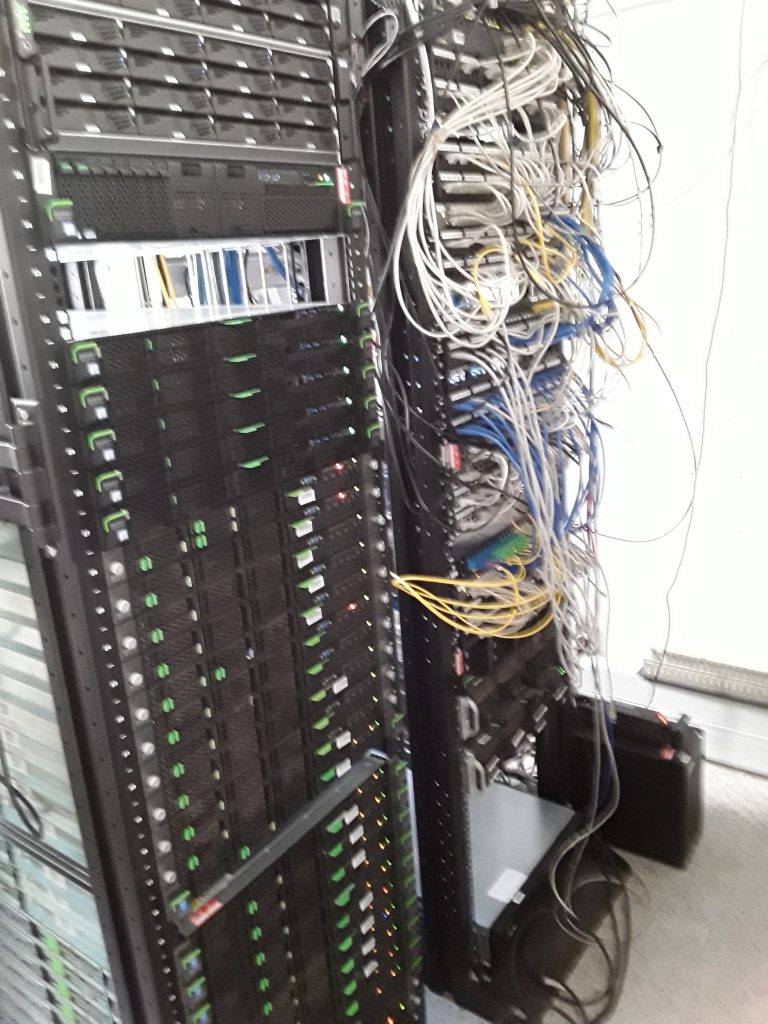
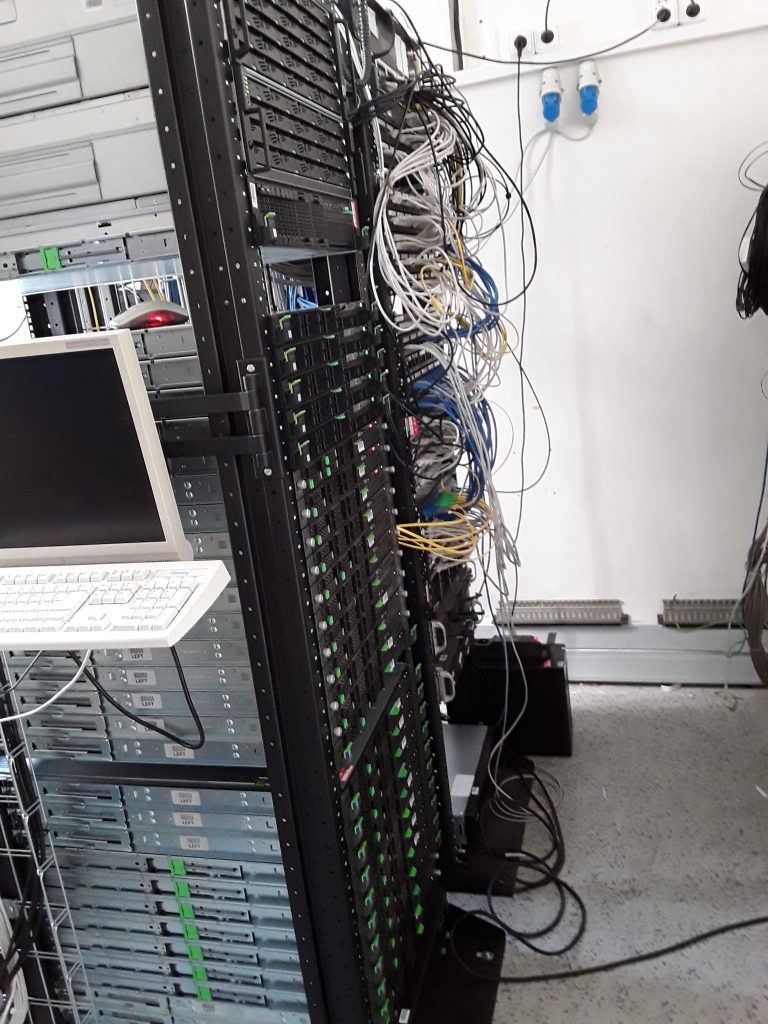
Thanks to our ERC grant, we have commenced upgrading the computing cluster Sněhurka (Snow White). In the first step, we got a new Infiniband switch and 5 new nodes with 36 cores each. Looking forward to new results!
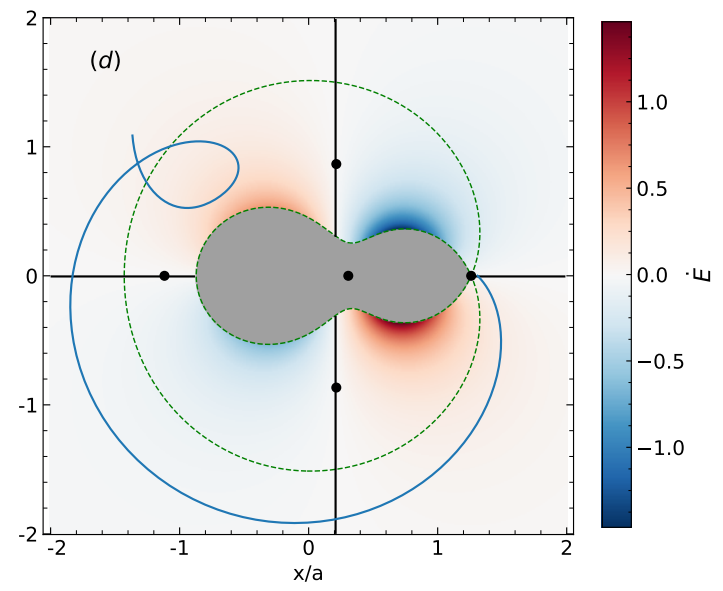
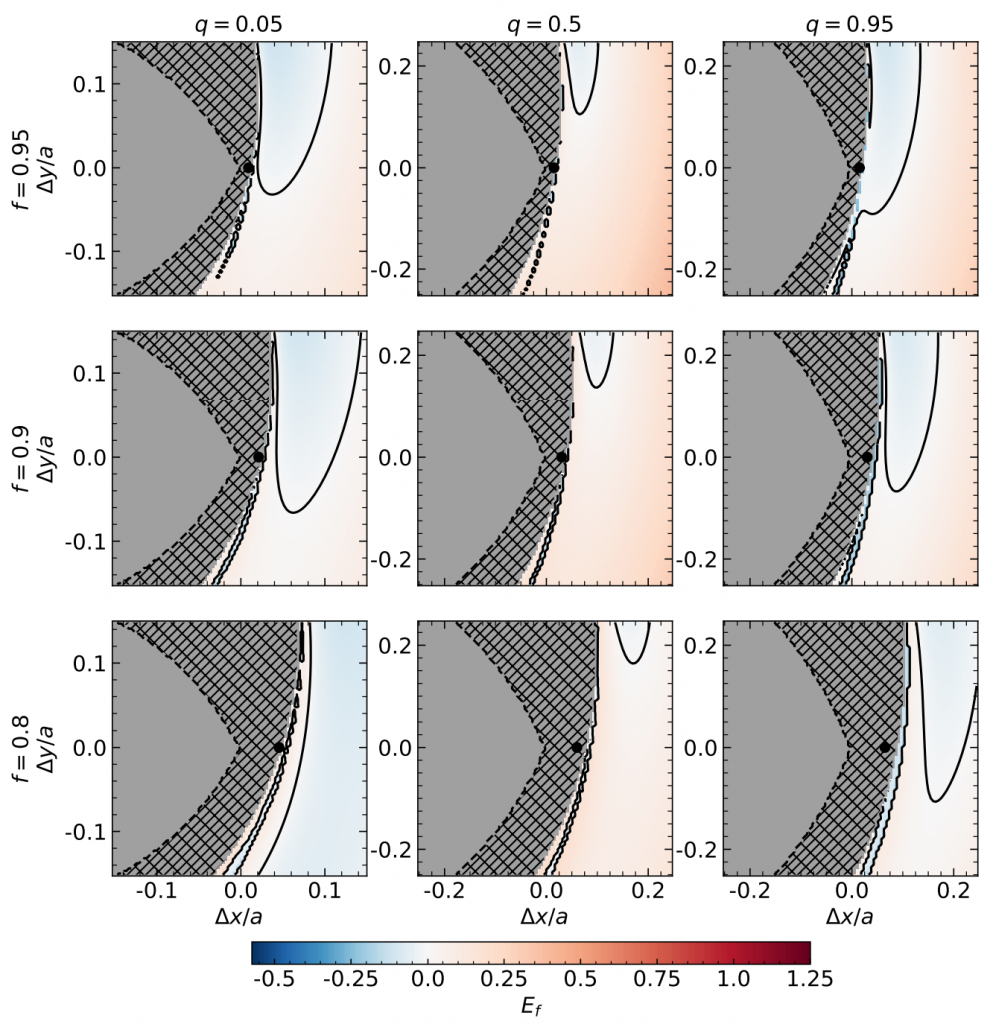
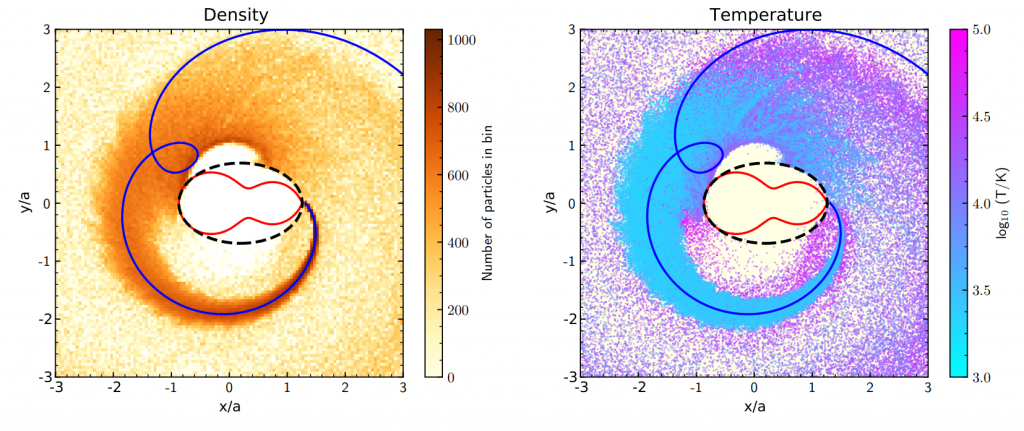
Dominika Hubova expanded her Bachelor thesis and took the deepest look so far at ballistic mass loss from L2, focusing on what happens if the matter stream is initiated with offset from L2 and with a velocity kick. Dominika characterized the parameter space and found some new stream trajectories. Interestingly, even if the stream is launched slower than corotation, there are still many initial positions near L2 that provide sufficient tidal torque to unbind the material.
Paper is now accepted to MNRAS: https://arxiv.org/abs/1908.02659v1
A paper characterizing periodic and aperiodic variability of APOGEE targets with ASAS-SN data was recently accepted to MNRAS. In this effort led by Michał Pawlak, we characterized almost 2000 periodic variable stars, all with existing multi-epoch high-resolution spectroscopy from APOGEE. We found that eclipsing binaries tend to favor lower metallicities, as was recently found on purely spectroscopic samples. We characterized the variability with damped random walk stochastic process. This is a starting point for future investigations combining high-res spectroscopy from surveys with time-domain photometric information. The paper is available on astro-ph.